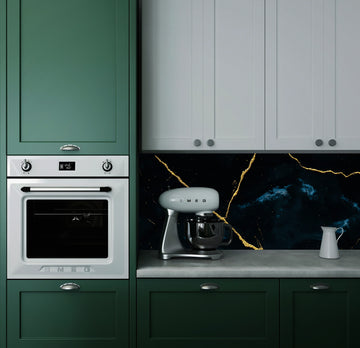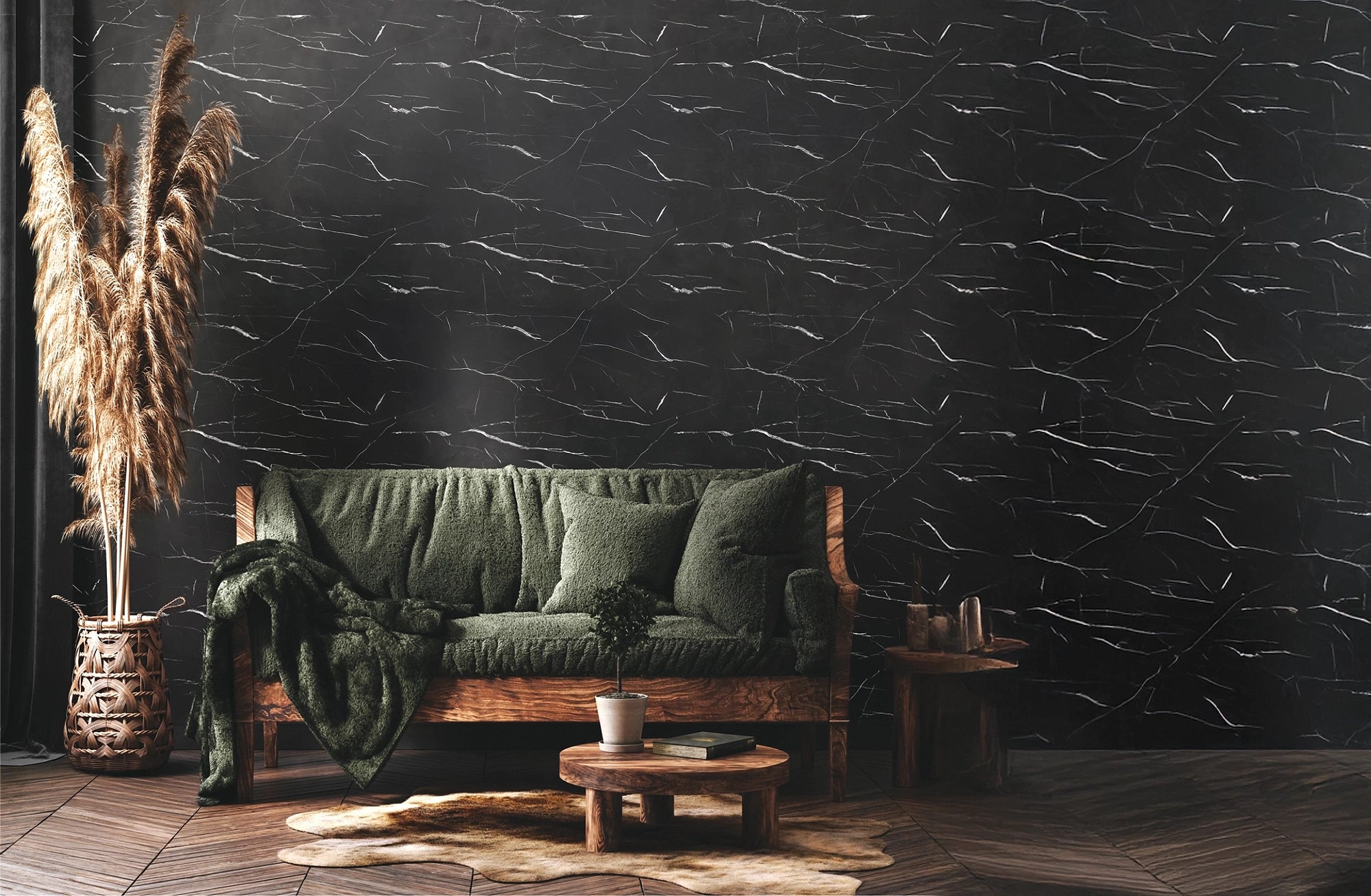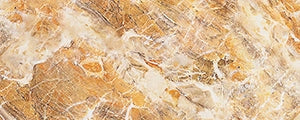Why Choose SPC Wall Panels?
WHY BUY SPC PANELS?
SPC Panels for Practicality, Flexible Marble for Prestige.
SPC panels and flexible marble (FlexMarble) are both innovative wall covering solutions, each offering unique advantages. SPC panels are engineered from a stone-polymer composite, making them durable, waterproof, and impact-resistant — ideal for high-traffic or moisture-prone areas like kitchens and bathrooms. They provide a sleek, modern look with realistic stone and wood finishes, all while remaining easy to install and maintain.
FlexMarble, on the other hand, captures the luxury of real marble in a lightweight, bendable form. It offers a true natural-stone appearance with seamless veining, perfect for large-scale or curved installations where traditional marble isn’t practical.
While SPC panels emphasize strength, function, and versatility, flexible marble delivers a high-end aesthetic and design flexibility — together offering a balance of durability, elegance, and innovation for any interior.


Seamless, Stylish, and Simple
Save Over 50% on Backsplash
Compared to traditional materials like tiles or marble, SPC panels are more affordable and eliminate the need for additional installation expenses.
Can SPC panels be installed over existing surfaces?
Yes, SPC panels can be installed over existing tiles, drywall, plywood, or other smooth and stable surfaces, eliminating the need for demolition and making installation quick and hassle-free.
Are SPC panels suitable for high-moisture areas?
Absolutely. SPC panels are highly resistant to moisture and water, making them ideal for bathrooms, basements, and other areas prone to dampness.
Do SPC panels require special maintenance?
No, SPC panels are low-maintenance. Their smooth surface allows for easy cleaning with a damp cloth, and they are resistant to mold and mildew.
Are SPC panels environmentally friendly?
While SPC panels are highly durable and long-lasting — reducing the need for frequent replacements — their production does involve composite materials that should be disposed of responsibly. Because of their strength and longevity, SPC panels can actually help minimize long-term waste compared to traditional materials. Whenever possible, we encourage recycling and partnering with local facilities that accept composite materials to reduce environmental impact.
Can SPC panels be used in high-temperature areas?
SPC panels are highly durable and heat-resistant, but they’re best suited for environments with stable indoor temperatures. Prolonged exposure to extreme heat — such as near open flames, ovens, or direct outdoor sunlight — may affect the adhesive or cause slight expansion. For best results, install SPC panels in climate-controlled spaces away from continuous high heat sources.
Which is better for high-end designs, SPC panels or flexible marble?
Both materials offer beautiful finishes, but flexible marble is the top choice for luxury, high-end designs. Made with real marble powder, it delivers an authentic stone texture, seamless veining, and a sophisticated aesthetic that rivals natural marble — all while being lightweight and easy to install.
SPC panels, on the other hand, are ideal for modern, functional spaces that need durability, water resistance, and style at a more accessible price point.
Which material is more durable and long-lasting, SPC panels or flexible marble?
Both SPC panels and flexible marble are designed for strength and longevity, but they excel in different ways. SPC panels are extremely durable, impact-resistant, and waterproof, making them ideal for high-traffic and moisture-prone areas such as kitchens, bathrooms, and commercial spaces.
Flexible marble is also highly durable and resistant to cracking, but its primary strength lies in its luxury aesthetic and versatility, especially for large wall applications or curved surfaces.
Which is easier and more cost-effective to ship, SPC panels or flexible marble?
Flexible marble is generally lighter and more compact, making it easier and more cost-effective to ship compared to SPC panels. It can be rolled for transport, reducing packaging size and freight costs.
SPC panels, while still relatively lightweight, are rigid and require flat packaging, which can increase shipping volume and handling costs.






